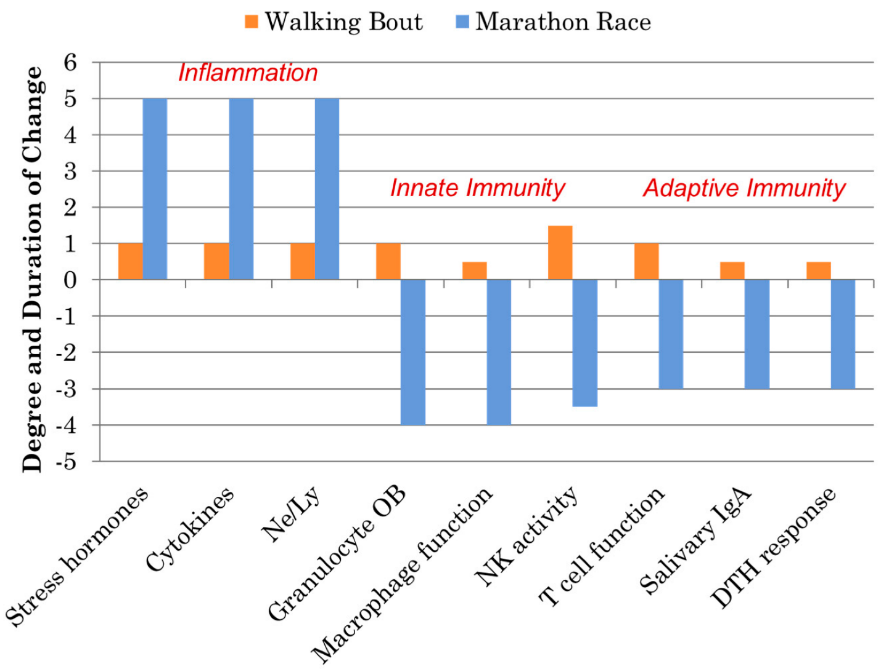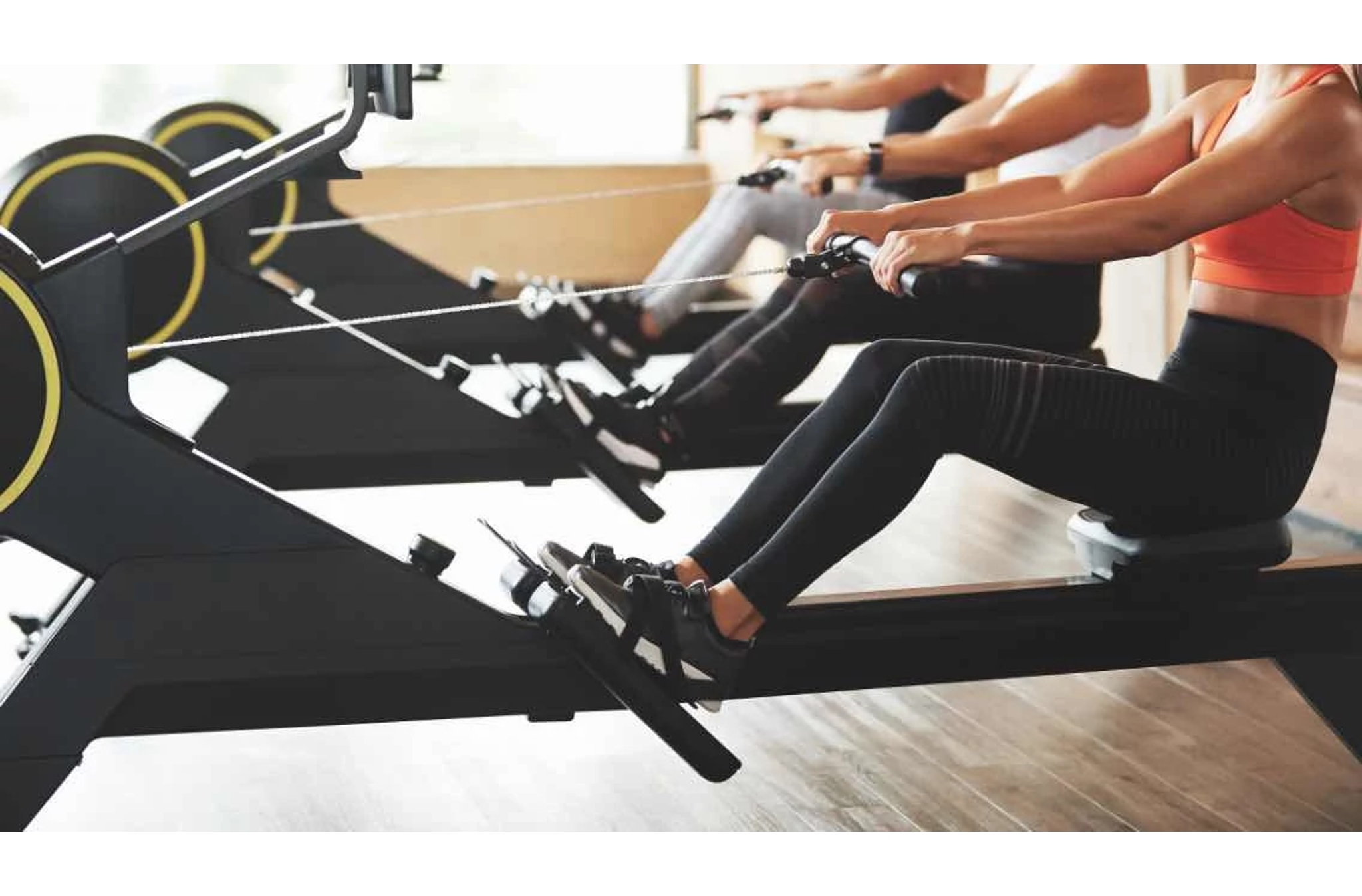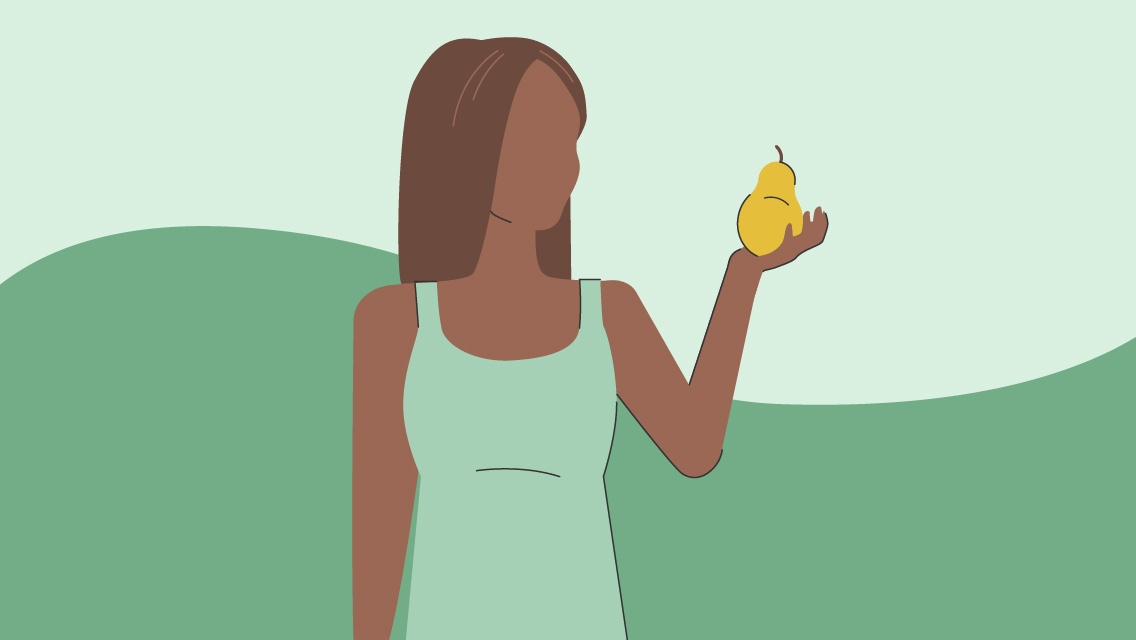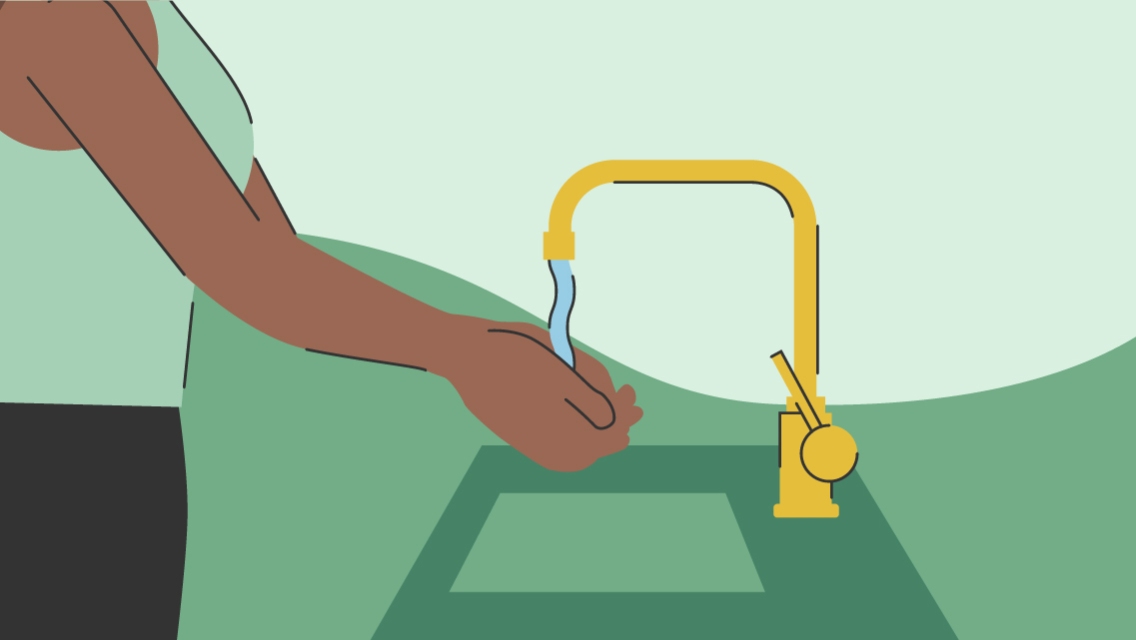Several lifestyle factors influence the health and resilience of both innate and adaptive immune function. This series addresses them in three parts: Nutrition and Supplementation, Exercise and Movement, and Lifestyle.
Each of these categories is important for immune health, but it’s difficult to argue any single category is more or less critical than the others. They’re all intertwined in such a complex way that even modern science struggles to tease out what’s actually happening with acute and long-term immune function when certain interventions are implemented.
The process of achieving better immune health is simple. It may not be easy, but it is simple. We hope this guide helps. Are you wondering why activity choices matter for immune system resilience?
Exercise can and should be an extremely beneficial part of a healthy lifestyle.
We know that a little exercise is better than none, moderate amounts are quite good, but a lot of exercise could turn out to be bad.
Some direct benefits of exercise for immune system health recognized in the literature are:
- Heavier breathing during exercise may help flush bacteria or viruses from the lungs and airways.
- It stimulates changes in white blood cell function and circulation (adaptive immune response).
- The temporary rise in body temperature during and after exercise may help prevent bacteria from growing, helping the body better manage infection.
- Exercise can modulate stress hormones.
Exercise tolerance varies by individual and depends on your experience and training history along with other genetic and nutritional considerations. To maintain good immune health while training, it’s recommended to start with low to moderate volume and intensity and apply gradual, periodized increases in training loads to limit risk of negative adaptations or immune compromise.
In other words, if you’re just starting be careful not to add too much too soon. If you’re an avid exerciser, evaluate whether or not your current routine is helping or hindering your immune resilience.
Keep Building Muscle
Building and maintaining muscle throughout the lifespan is perhaps the best insurance policy against any potential negative health conditions, acute or chronic. If you have limited time for exercise, then use it for resistance training (lifting weights).
Lean muscle tissue not only looks healthy, but it also it gives us strength to maintain better balance and resist injury from falls, and it’s the largest reservoir of amino acids our bodies draw from in the event we need to mount an immune response – especially when dietary protein or amino acid intake is inadequate.
Critical conditions such as infection, traumatic injury, and advanced cancer rely on amino acids from muscle tissue more than starvation or fasting, so the more muscle tissue you have in the event one of these scenarios arises, the more likely you are to emerge from it with your health intact.
It’s recommended we exercise more days than not, so try to strive for four days a week of resistance training to achieve and maintain optimal health.
Move Often
Forceful muscle contractions, like those unique to resistance training, and consistent, regular movement are both critical to help the body circulate immune cells through our lymphatic system.
Like our circulatory system, the lymphatic system is a network of tissues and canals throughout our body that’s used to circulate immune cells, antibodies, and fatty acids. However, it doesn’t have a pump; we are the pump.
Other studies have also shown low-intensity walking may be helpful for stimulating circulation of Natural Killer cells and T-cells, which may help with resilience against potential infections.
Beyond these direct immune supportive effects, taking periodic breaks throughout the day may be a helpful strategy to better manage other life demands or stressors too, so make it a point to get up and move often even if it’s not for a dedicated workout.
Don’t “Over-do” Cardio
There are many potential benefits of aerobic or cardiovascular training, but as with anything that may be good, too much may also be detrimental at a certain point.
High-intensity and/or long-duration cardiovascular training is stressful on the body, that’s part of why it works for developing higher levels of fitness (if you can tolerate and adapt positively to the training stress). The metabolic stress of “doing cardio” produces massive amounts of oxidative stress, and the mechanical stress of the sustained, repetitive motions creates a great deal of tissue breakdown. To be clear, these insults are what stimulates the body to adapt, so they’re not always a negative thing.
However, if you’re not optimizing your nutritional status or are replacing resistance training with strenuous cardio training, you may not be helping your immune system or overall health all that much.
Acute, intensive exercise appears to depress several aspects of adaptive immune function for up to 24 hours, but that suppression may become chronic if recovery between sessions is inadequate for any number of reasons (nutrition, sleep, or other life stressors).
Longer-duration, higher-volume/intensity cardio leads to more significant inflammatory and immune responses over time. Comparing those training for marathons against those who performed lower-intensity walking for their aerobic training, the marathon trainers incurred significantly higher amounts of stress hormones and inflammatory cytokines and experiences less favorable changes to both innate and adaptive immune resilience.

More or harder exercise isn’t always better. Better exercise is better.
Now, of course there are outliers to this principle. How else could you explain that some professional and elite marathon runners appear to thrive on their extremely strenuous training regimens?
Include Active Recovery
If you think you might be over-doing cardio but want to stay active between resistance training sessions, remember there are a number of exercise modalities that will complement your overall health and wellbeing.
There’s emerging evidence showing mind-body activities such as yoga and Pilates are also supportive of healthy stress management, inflammation control, and immune resilience, possibly through their own unique mechanisms not fully understood yet.
Interesting clinical research in these areas is being done and we’re probably not far off from having solid “proof” that we should be doing yoga and/or Pilates more often. If you don’t yet include restorative activity in your routine, maybe it’s time you start.
4-Week Immune-Friendly Strength Program
If you want an example of what an immune-friendly exercise plan with moderate stimulus looks like, here’s an outline of what you could do:
Weeks 1 to 2: Aim for an intensity at about a 5 to 7 on a scale of 1 to 10. Focus on total-body movements and keep the amount of weight you lift within that intensity range. The first few weeks is not the time to try to max out your lifts or hit any personal bests. Shoot for a training frequency of at least three times per week, keeping your workouts to about 30 to 50 minutes in duration.
Weeks 3 to 4: Start to push a little bit harder. Increase your intensity to an 8 on a scale of 1 to 10, and consider throwing in an extra set or two in a workout to test your limits. With the elevated intensity, be sure not to increase training frequency or length; stick with three times per week and a duration of 30 to 50 minutes for each workout.
Week 5+: Shift back to your regular exercise routine. Remember that balancing intensity is the driving factor for boosting immunity. So, if you go through a very intense program, double down on recovery and decrease either the duration or frequency of exercise (or both). This will help ensure that the body has plenty of time to recover, adapt, and take on the demands of each workout.
Workout Details
Follow the order of exercises in the columns below on each of the designated days.
| Movement Category | Day 1 | Day 2 | Day 3 |
| Squat | Back Squat | Goblet Squat | Leg Press |
| Hinge | Good Mornings | Deadlift | Sumo Deadlift |
| Lunge | Lateral Lunge | Curtsy Lunge | Walking Lunge |
| Push | Dips | Chest Press | Shoulder Press |
| Pull | Pull-Ups | Bent-Over Row | Lat Pullover |
| Rotate | Side Plank Rotations | Pallof Rotations | Woodchop |
| Gait | Farmers Carry | Sled Push/Pull | Front-Rack Carry |
If you’re just starting out, try these movement on machines for additional support. If you’re a bit more seasoned, aim to incorporate more free weights, such as barbells, dumbbells, and kettlebells. For each workout, complete one movement at a time. Prioritize full range of motion, and select a weight that will feel as though you’re at a moderate intensity (per the scale noted above). The number of repetitions you do and the number of sets to aim for depends on your starting fitness level. A good beginner target would be 12 to 15 repetitions of the exercise with lighter weight, repeated for two to three sets. If you’re a bit more advanced, increase the weight and aim for six to 10 repetitions and three to four sets of each.





